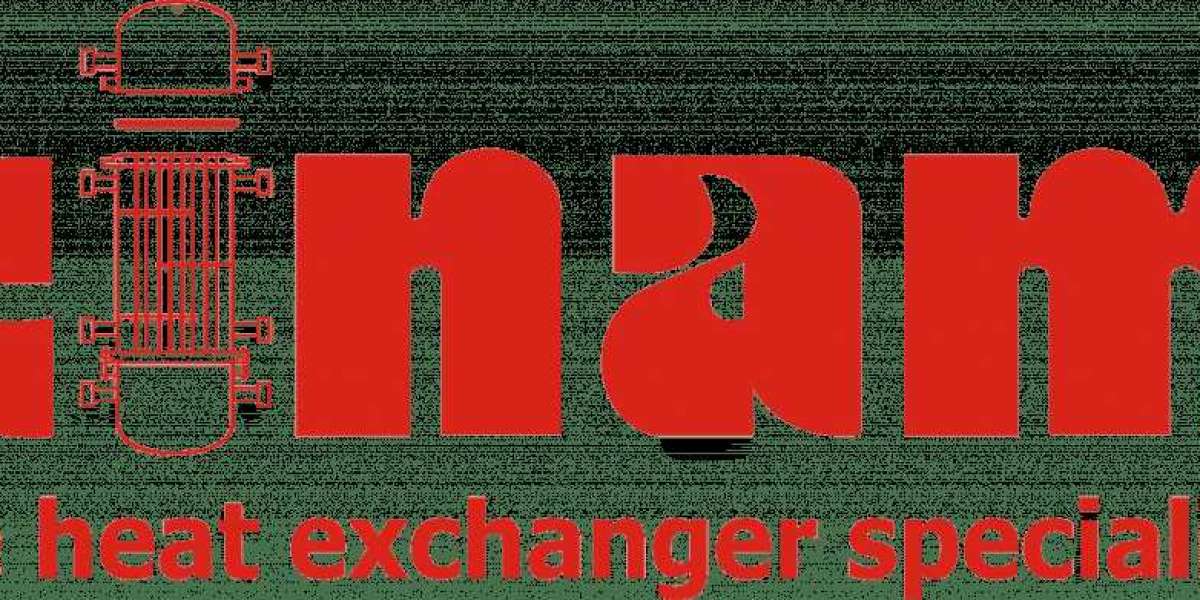Heat Exchangers on their own can drastically reduce fuel consumption, cut costs and reduce the carbon footprint making them an integral part of any production plant. Heat Exchangers can affect the plant’s overall efficiency, and as industries grow, the need for more efficient and improved heat exchangers is on a constant rise. As such, it is thus imperative that we learn about the history of these devices, and how they have developed over the years.
Rudimentary examples of heat exchanging devices have been found in Europe from Roman Times, where systems we would now call recuperators were used in baths. Around the turn of the first millennium, the principles for indirect heat exchange were being used for the production of pure alcohol, which still are the core principles of Heat Exchangers.
The recorded history of Heat Exchangers can be traced around the 1880s, their major applications being the food and beverage industries. It is widely recognized that the first recorded patent for a Plate heat exchanger was awarded to Albrecht Dracke of Germany in 1878. However, the first modern and commercial examples of Heat Exchangers would be observed in the early 1900s.
Initial developments In the early 1900s:
In the early 1900s, the first known designs for Tubular Heat Exchangers were developed. These were developed due to the operational demands from power plants, where they would be used as condensers as well as feedwater heaters, both of which are still common applications. Between the late 1880s and 1920s, several developments were made for Plate Heat Exchangers (PHE), which resulted in many patents covering its different forms, particularly its use in the pasteurization of milk.
HE technology during the 1920s 30s:
Initial designs of Shell and Tube Heat Exchangers (STHE) were developed during the 1920s for emerging uses in the oil industry. They were applied as oil heaters/coolers, reboilers, and condensers in crude oil plants. They also found applications that operated in rough environments or at high pressures and pressures. However very little was known about tubular heat exchangers design. Most designs were made considering material strength, while heat transfer was crudely measured from estimates.
Gesellschaft für Entstaubungs-Anlagen mbH (GEA) was founded in Feb 1920 in the heart of Ruhr, one of Germany’s most important industrial centers at the time, with coal mining and steel production being the main industries. Under the leadership of the company’s founder Otto Happel, the company’s first new product–a closed-circuit air cooling system that used air circulating in a metal tube built around the electrical engine–was developed for large electrical machinery. Happel pioneered this technology in collaboration with Professor Ludwig Prandtl, director of the Aerodynamic Research Institute in Göttingen, and together they invented a new air-cooling device: the elliptical finned tube.








